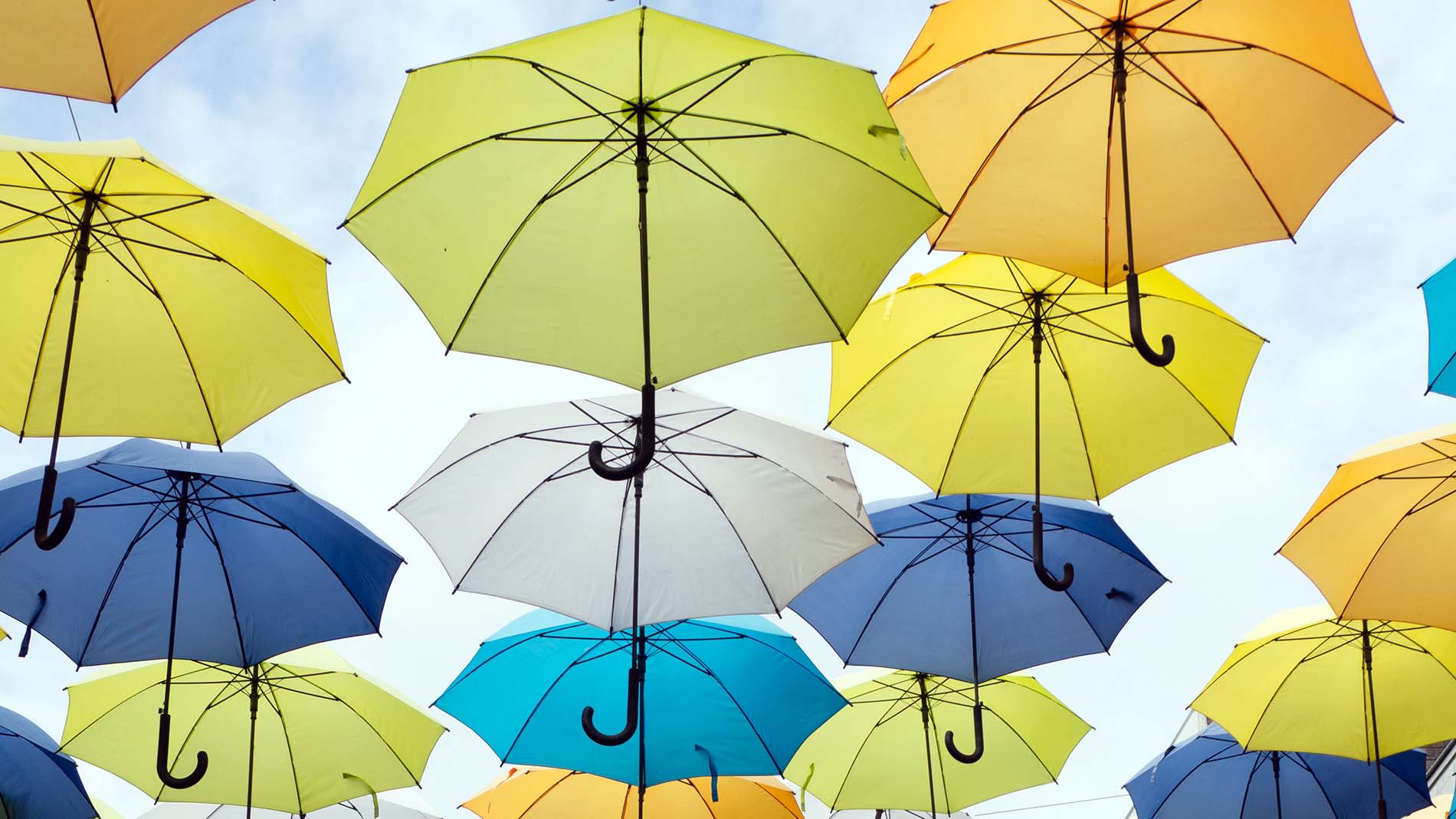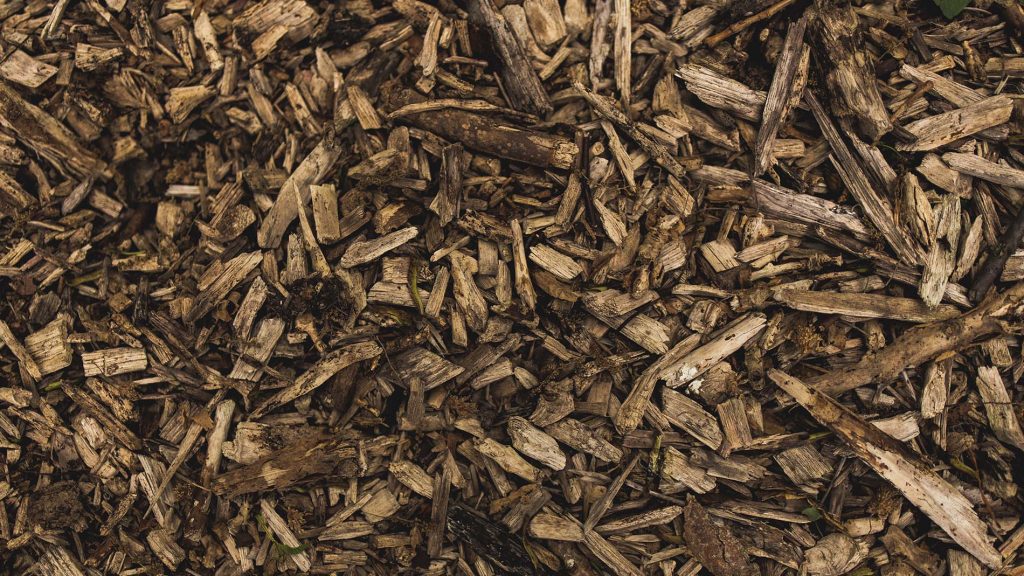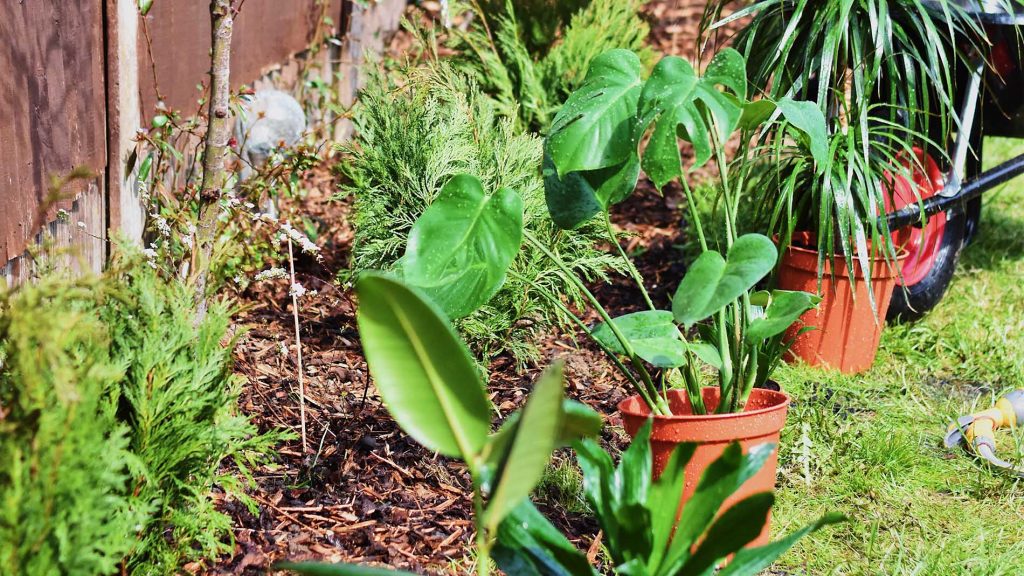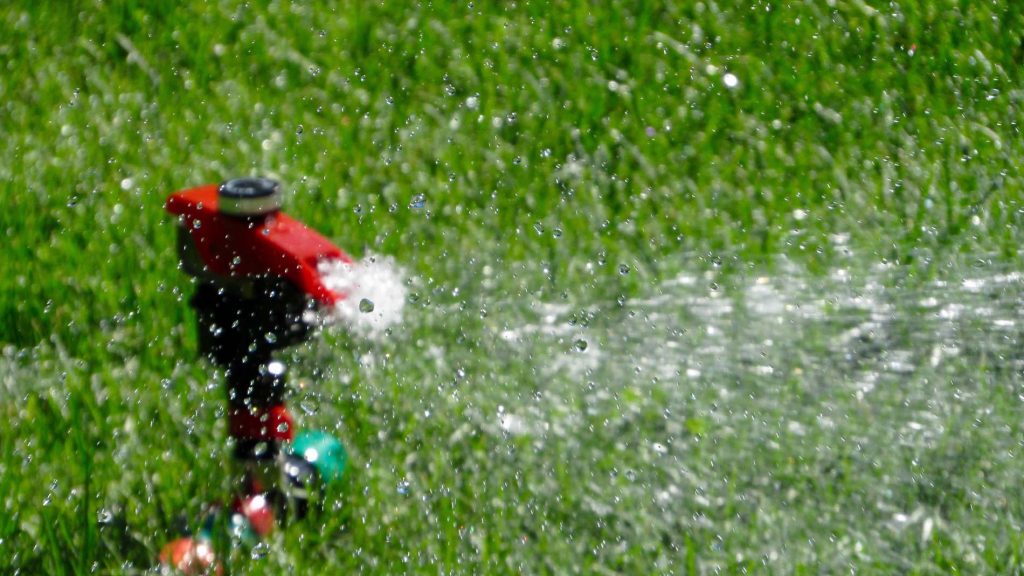
FYGN: Extreme Weather Solutions
In The Bay Area, we are fortunate to have relatively steady weather patterns. The cool Pacific Ocean varies only a few degrees throughout the year. The result is a deep, blue weather regulator that keeps temperatures and precipitation rather steady.
However, as we’ve seen through El Nino and La Nina cycles, the Golden State can experience long periods of excess rain, or conversely prolonged drought. In 2010 The City received 29 inches of rain while just three years later 2013 saw a mere five inches.
While we’re safe from weather horrors like a hurricane storm surge or arctic blizzard, these San Francisco mood swings can prove challenging in maintaining your garden’s health. Here at FYGN we dug around and found you the best tips and suggestions to help you be prepared for Bay Area wet and dry extremes.
Be Prepared
Computer models and weather information have never been better. Plan ahead for the coming season. While many rely on the science-based predictions of the National Oceanic and Atmospheric Association, we know plenty of garden enthusiasts who rely on the magic of the Farmer’s Almanac.
NOAA offers nationwide drought predictions at this link: https://www.cpc.ncep.noaa.gov/products/expert_assessment/sdo_summary.php. Have some fun and compare it to the Farmer’s Almanac information which can be found here https://www.almanac.com/weather/longrange/region/us/16
For Your Garden Needs in Time of Drought
Measure Up Your Food
First off, evaluate how much garden your open space can reasonably support. Think of the shopping rule “never go shopping when you’re hungry.” The same applies to planning your garden. Most often we get overambitious and plant too many delicious things with little thought to water requirements.
Planting shorter season crops will help cut down on water use. A long-growth vegetable like Brussel sprouts requires four months of watering. Snap peas and green beans can take as little as two months to mature. Some types of squash will also yield a harvest in the same amount of time.
Cover Up – Mulch

Mulch is your friend during extended periods of drought and a time-honored method for keeping the soil moist and nutrient-rich. It also works as a sun umbrella, protecting your plant roots from the excessive heat. A simple layer the depth of your pinky will reduce water evaporation and prevent weeds. By applying a 3-to-4-inch layer of moist, nutrient-rich mulch you will insulate the dirt around your plant’s roots and keep it from drying out.
Mulch will also help improve the nutrients in your garden soil. By extension, adding more nutrients to your garden soil will produce higher crop yield. Look for mulch high in potassium. The magic of potassium is that when plant root systems absorb it, they increase their ability to retain water – a great way to weather out a drought.
Dig Up
Remove weeds from your garden. These unwanted visitors will compete with your food supply for water resources. Plus, the simple act of weeding helps aerate your soil each time a weed is pulled out. It also gives you the time to get to see up close how your adjacent plants are doing.
Water Up
Install a drip irrigation system when and wherever possible. Other than hand watering with a watering can, this is the most efficient way to deliver a measured amount of moisture to your plants. Never too much, and never too little, drip irrigation will help you save water.
Your Garden Plants

Check your plant beds to see if they are overcrowded. Plants in this situation will be competing for water. So prioritize which plants you want to have the most. You might find there are some you can get rid of.
And while you’re clearing out excess vegetation, remember that excess pruning will lead to your tree or bush shoring up more water as it prepares for its new growth. A little pruning is OK, just don’t go overboard and cut way back.
Water Smart

Group together plants with similar moisture needs. This way, when you water by hand or by drip irrigation, you will not be splashing water back and forth across your garden to water from one plant to the other. Plants are smart. They learn to make do with what’s available to them. You can also water a bit less frequently to increase your plant’s tolerance to drought. Always remember to water during cool periods to cut out excess heat-of-the-day evaporation.
For Your Garden Needs in Times of Excess Water
In the event we hit an extra wet season, there are a host of measures you can take to help ensure your plants survive flooding.
Preventing Pools

One of the best flood preventative measures is making sure your yard is level. Water pools in low-lying areas. Find the lowest point in your yard and level it out with the rest of your space by using fill dirt, soil or compensating with a drain. If the area is problematic each year during heavy rainfall, you can also have a pump ready to go for the flood years.
Plant Smart
Avoid root rot with hardy plants that have sturdy root systems. By putting such plants in low-lying areas you will prevent soil erosion because the dirt is clinging to the root system. Excess water is mostly absorbed by the plants. Also, grass is an especially effective flood-prevention choice. But more practical choices include wildflowers, ferns, shrubs and even some small trees.
One-to-Two-inches of Mulch Does Wonders
For the plants not in the flood plain, you’ll need to add extra mulch or even hay and rocks to prevent topsoil erosion. Mulch is the go-to choice as it nourishes your plants and soil while also working as a dampening agent against all that extra rain. In times of heavy flooding, you can pull out the big, if unsightly, guns like dry straw. Adding gravel and stones to the soil surrounding your plants will help the soil stay put when too much water enters your garden.
Get Creative With That Extra Water

Try a rain barrel. Often times water will run off a roof onto the problematic wet area. If your rain gutters drain into your yard and douse your garden, consider retrofitting just the end portion of that gutter to deliver that water to a rain barrel. This is also a great solution to help you in those years of drought.
While the Golden State is fortunate enough to have relatively stable weather thanks to the Pacific Ocean, it still can see its share of mood swings. But if you are prepared and arm yourself with some of the above suggestions, you can make sure your garden survives San Francisco’s extreme weather.
Tags: Drought, Excess Water, Garden Care

